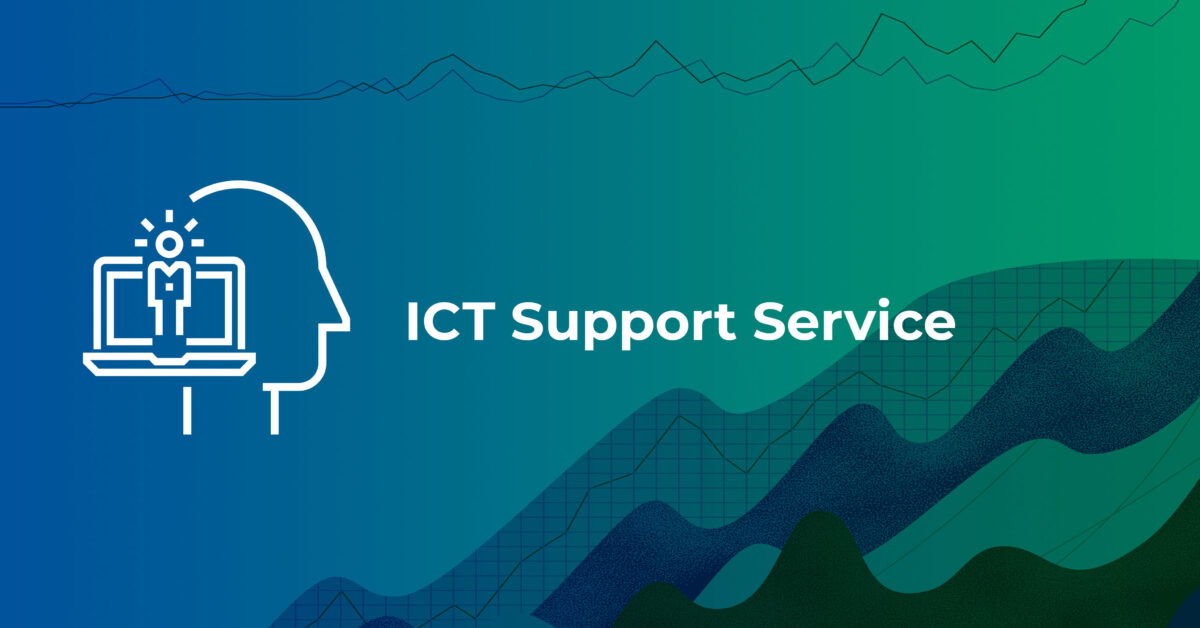Everybody needs good neighbours…From Jason and Kylie down under to Hendrix and Handel in London’s West End, although they were separated by a few centuries!
Now Wandsworth has its own glittering new global superstar neighbour moving in next door to a number of our Battersea schools. So, what should you do when you know a new neighbour is coming – arrange a playdate? Offer to help unpack or move boxes, or take around some milk and sugar? These goodwill gestures would not quite be enough when the new neighbour is the technology giant Apple! Apple are opening six floors of office space in one of London’s most iconic buildings, Battersea Power Station next year, and housing over 1400 employees…so what did we in Wandsworth, do to welcome the new neighbour?
Wandsworth City Learning Centre celebrated its Apple Regional Training Centre status and partnered with St Marys RC and Sacred Heart primary schools to devise an exciting digital project to greet their new arriving neighbour by demonstrating their skills and engagement of using iPads in the classroom. Apple were thrilled and shared their excitement in moving to Battersea by offering to support the schools further, including providing class sets of new devices, innovative day trips out for the students to the flagship Regents Street store to work with the Apple Creative Pro’s and an in-person visit to their school by some of Apple’s most senior VIPs ‘from California.
While the students were engrossed in a stimulating and special coding session with the CLC Apple Distinguished Educators, Lisa P Jackson, the former Administrator of the US Environmental Protection Agency, appointed by President Barack Obama, and now Apple’s very own Vice President of Environment Policy and Social Initiatives, came into the classroom to work with the awe-struck students. Lisa is Apple’s CEO, Tim Cooks’ second in command. Lisa was accompanied by Alisha Johnson Wilder, Director of Apple’s $100m Racial Equity & Justice initiative. The inspirational Apple employees, delighted by the children’s work, were joined by MP Marsha de Cordova and Councillor Stock who enthusiastically participated with the learners and then freely discussed environmental issues, sustainability and future opportunities for the children and the schools. Senior Leaders from both schools and Wandsworth’s Assistant Director Michael Hallick then examined exciting plans for further development and opportunities to collaborate with Apple. Everyone enthusiastically deliberated on how the opportunities could disseminate into and support more Wandsworth schools over time. Executive Head teacher Jared Brading took time to passionately explain the needs of the Battersea community and Apple agreed the call for continued support into the area would be a real benefit to everyone.
The Apple City Learning Centre Battersea project is proving to be a real success with the involvement of many key figures and Apple forging great links and devising energising ideas to support the local community which can then be expanded upon to support the whole of Wandsworth, something all parties are very keen on providing. Teachers and students are striving ahead with their digital literacy and coding skills to ensure Apple’s future workforce is homegrown in Wandsworth. It pays to be neighbourly, and this fantastic project clearly evidences that when one neighbour helps another, we strengthen our communities.












































